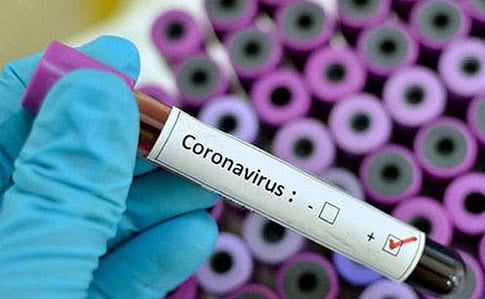27
May
Understanding Aerosols In Health Contexts

Understanding Aerosols In Health Contexts
Aerosols play a critical role in various health contexts, particularly their impact on respiratory diseases and air quality. Understanding Aerosols In Health Contexts aerosols are tiny particles or droplets that remain suspended in the air and can originate from numerous sources, including natural phenomena and human activities. Understanding these airborne particles is crucial for informing public health policies and improving individual health outcomes.
The Nature of Aerosols
Aerosols can be classified into two primary categories: primary and secondary aerosols. Primary aerosols are emitted directly into the atmosphere from various sources such as wildfires, volcanic eruptions, and industrial processes. Secondary aerosols, on the other hand, form in the atmosphere through chemical reactions involving gases that condense into particles.
The size of aerosol particles varies significantly, typically ranging from 1 nanometer to 100 micrometers. Smaller particles (less than 2.5 micrometers, often referred to as PM2.5) can penetrate deep into the lungs, posing greater health risks compared to larger particles, which are usually trapped in the upper respiratory tract.
Aerosols in Disease Transmission
One of the most critical health-related aspects of aerosols is their role in disease transmission, particularly respiratory diseases. Viruses, including the one responsible for COVID-19, can be spread through aerosolized droplets. This highlights the need for effective public health measures to minimize aerosol transmission, especially in crowded or enclosed environments.
Aerosols can carry virus particles for extended periods, making social distancing and wearing masks more necessary in controlling outbreaks. Studies have demonstrated that aerosols can linger in the air and be inhaled by individuals who are not in the immediate vicinity of the source of the aerosol, thereby increasing the risk of disease spread.
Health Impacts of Aerosols
The health impacts of aerosol exposure can be both acute and chronic. Short-term exposure to high levels of aerosols can lead to respiratory irritation, coughing, and shortness of breath. Individuals with pre-existing conditions, such as asthma or chronic obstructive pulmonary disease (COPD), may experience exacerbated symptoms.

Chronic exposure to aerosols has more severe implications, including increased risks of cardiovascular diseases, lung cancer, and premature death. According to the World Health Organization (WHO), air pollution, largely driven by aerosol exposure, results in millions of deaths globally each year.
Environmental Sources of Aerosols
Aerosols originate from various environmental sources, including natural and anthropogenic activities. Natural sources include volcanic eruptions, dust storms, and sea spray, while anthropogenic sources encompass vehicle emissions, industrial discharges, and biomass burning.
For instance, traffic-related emissions contribute significantly to urban aerosol concentrations, negatively impacting air quality and public health. The growing awareness of these sources drives efforts to develop cleaner technologies and enforce regulations to mitigate aerosol emissions.
Mitigation Strategies
Efforts to reduce aerosol exposure and its health impacts are multifaceted. Individual actions such as using air purifiers, maintaining proper ventilation, and staying indoors during high pollution events can help minimize the risks associated with aerosols.
At a policy level, governments can implement stricter air quality standards, promote cleaner transportation options, and encourage sustainable practices to reduce aerosol emissions. Research and innovation in aerosol science are also vital for developing new technologies aimed at monitoring and mitigating aerosol exposure in various environments.
Conclusion
Understanding aerosols in health contexts is paramount as they significantly influence respiratory health and overall well-being. Growing research highlights the importance of recognizing aerosol transmission pathways and health impacts, necessitating informed public health strategies. Enhanced awareness, combined with effective mitigation efforts, can lead to healthier communities and a better understanding of the complex relationship between aerosols and health.

